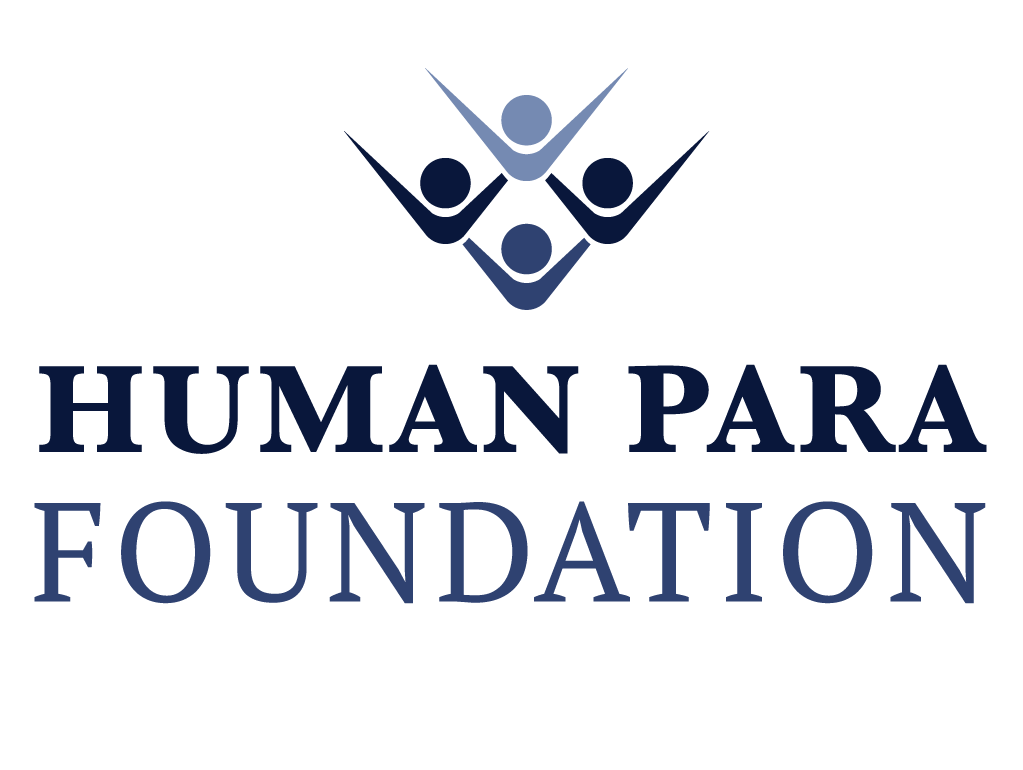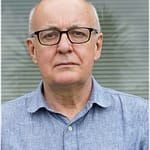

I woke up one morning and discovered I was researching sarcoidosis. This was a result of a paper published on the use of our Crohn’s test on Prof. Branko Celler, a patient with cardiac sarcoidosis, and his subsequent treatment with an antibiotic combination targeted at mycobacteria.
I worked for a number of years in medical laboratories. Respiratory microbiology figured highly during this period, and part of my brief was running a tuberculosis laboratory for 30 years. We often saw samples from newly-diagnosed sarcoidosis patients to exclude TB. Sarcoidosis was considered to be, like Crohn’s disease, an autoimmune disease. Like Crohn’s disease, appearances of affected tissue resembled a mycobacterial infection.
After I left the medical laboratory front-line, I set up a company with two other medical laboratory scientists to research Crohn’s disease, and also search for new antibiotics in the New Zealand environment. Both directions have been successful.
The Crohn’s research has led to the development of a new test based on the detection of variant forms of mycobacteria in the blood of patients. We call the test a biomarker, although it is more accurate to categorize it as the detection of cell-wall-deficient mycobacterial (CWDM) variant forms associated with Crohn’s disease. “Biomarker” is more accessible.
Anyway, I awoke to a bright shining new day and opened my email. There were requests from sarcoidosis patients to test their samples with the biomarker for the presence of CWDM. That is how it started.
By coincidence we had recently identified three new culture media to in which to grow these forms. Culture media for CWDM variants are very tricky to invent off the top of your head! One reason is that the CWDM exist in the blood in a dormant, or latent form. They are “sleeping” within the white cells, surrounded by a moving buffet feast of food and drink.
In order to make them grow, and thus be visible in the cultures, it is necessary to wake them up. We do this by using growth promoting additives. We fool the CWDM into thinking it is OK to start growing. Then we can study them, and also count them to estimate how many are in the blood. We can also test them to see if they have a name we recognise. We do this by staining the culture isolates using a stain that was discovered in 1884. The stain we use is specific to mycobacteria. (Ziehl Neelsen stain). The obvious question here, is why weren’t these organisms discovered before now?
One reason may be that no one really looked carefully for them, but there is a second possibility – that they have only recently emerged.
Neither reason is of any help to the patient, who just wants to know how to get better. My curiosity just happens to coincide with that goal. Thus far we have learned the following about CWDM in sarcoidosis.
- We see CWDM variant forms in most (but not all) of the sarcoidosis patients we have looked at so far.
- The CWDM do not seem to behave the same way as the forms we see in Crohn’s disease. They seem to favour different nutrients. They may be different strains of mycobacteria.
- We see many CWDM in sarcoidosis patients, and they are mycobacteria. They just lack cells walls.
- The CWDM are alive.
The role of the laboratory is to help the doctor to help the patient. The laboratory provides diagnostic tests and the clinician provides the therapy.
Understanding the cause of the disease will help the doctor to select the right therapy. At the moment, the cause of both Crohn’s and sarcoidosis is unknown. If both diseases involve bacteria, for example, then there are two possibilities.
- The bacteria trigger/cause the disease.
- The bacteria may be there as a secondary opportunistic infection.
For these diseases to be caused by bacteria, then the underlying mechanism should be able to be explained. We have found two ways in which CWDM may trigger inflammation:
- Production of biofilm.
- Production of proteins.
Both of these processes will trigger inflammation, but this needs to be proven conclusively in Crohn’s disease and sarcoidosis.
In sarcoidosis, it is well known that atypical mycobacteria (or non-tuberculosis mycobacteria) can produce secondary infections, so that case is proven. Atypical mycobacteria are commonly found in the environment, and some can be involved in secondary infections.
Imagine two boxes sitting on the doctor’s desk. One is labelled “test” and the other is labelled “treatment.” If the disease is labelled an autoimmune disease, then the test box will contain tests for inflammation, genetics, antibodies and other health assessments. The treatment box will contain therapies that control inflammation and symptoms.
However, if the disease is labelled an infection, then the test box would contain cultures and bacterial assays, and the therapy box may have to change to perhaps include antibiotics.
There are many similarities between Crohn’s disease and sarcoidosis, aside from the question of the bacterial role. The treatments are often expensive. Medically it is difficult for clinicians to treat diseases that have no clear causes. It’s like trying to find your way through the wilderness without a map or compass.
Our work so far has identified bacteriological aspects of Crohn’s patients and some sarcoidosis patients that are not seen in healthy controls.
The published case history written by Prof. Celler also has relevance to our work. His journey through the medical system, and eventual recovery from cardiac sarcoidosis, suggests that a particular combination of antibiotics was instrumental in his road to healing.
A cynic will say that one swallow does not make a summer, so there is an urgent need for clinical trials of both the biomarker and the antibiotic combination in sarcoidosis. Otakaro Pathways has committed to this type of trial in 2019. In the laboratory we are now at the stage where we can recognize similarities between sarcoidosis and Crohn’s disease based on our culture media and analysis of CWDM found in both diseases. We now have to prove this conclusively and inarguably, to the satisfaction of other scientists.
This has all come about because of interest in the bacterial trigger for Crohn’s disease. The research we have carried out in Crohn’s disease has led to the development of a suite of novel tests built on the conventional laboratory stains and cultures used for tuberculosis. The biomarker is embedded in microbiological technique and the discoveries of the last 100 years. The hard part was applying these techniques to Crohn’s disease. It has turned out to be surprisingly simple to use them in research on sarcoidosis.
There is an old zen saying; “When I change, the whole world changes.”
In the 21st century, because of the rapidity of digital communication, “I” becomes “we.” Social media and internet forums have brought patients together from all over the world. Knowledge is shared within and outside the groups. Patients are realizing that this unity is a powerful tool to make their concerns known.
Although there is little therapeutic benefit in knowing that you are not alone, it is reassuring to know that there are others on the same journey, and that there have been extremely promising advances recently, driven primarily by the needs of patients.
If, for a moment I dare to imagine that the two “autoimmune diseases” of Crohn’s and sarcoidosis are closely linked by bacteria, then the numbers of patients on the same road has just increased substantially. And there is great strength in numbers.
